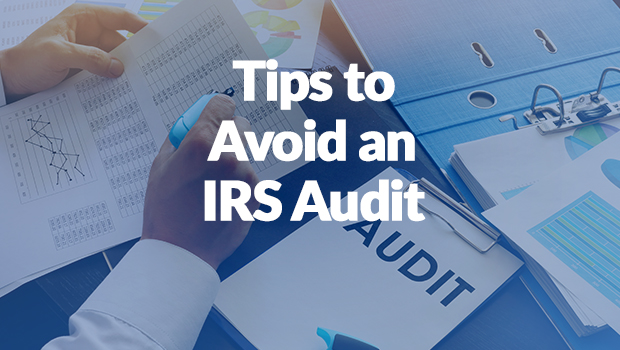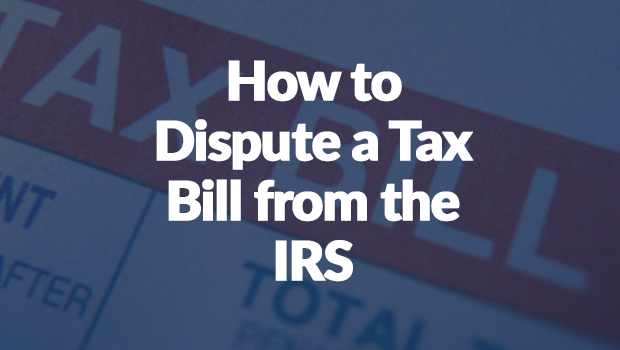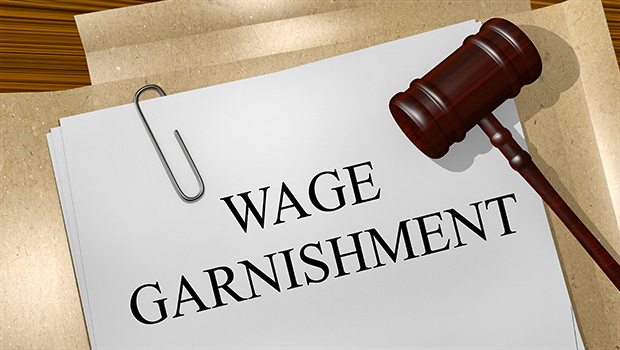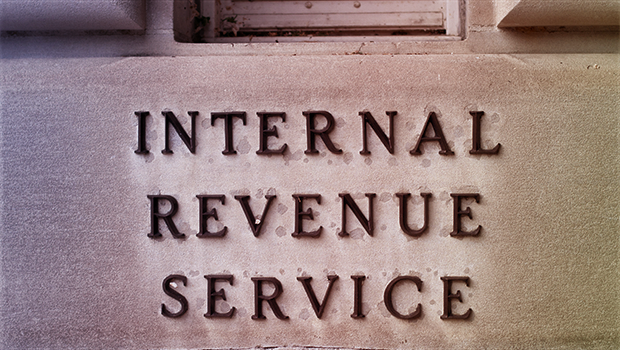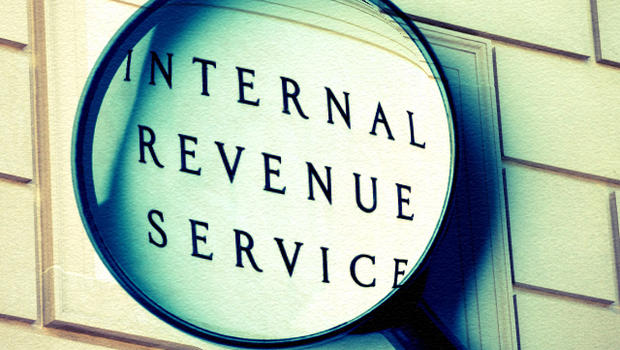Last month we discussed how to best survive an IRS tax audit. But wouldn’t it be nice to avoid the tax audit altogether? That’s the topic of this month’s blog post and in it, we’ll identify a few tips to prevent getting audited in the first place.
Continue reading “Tips for Avoiding an IRS Tax Audit”